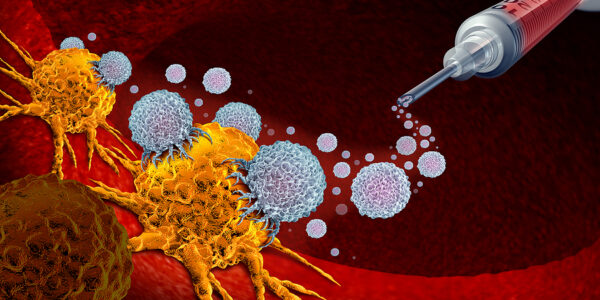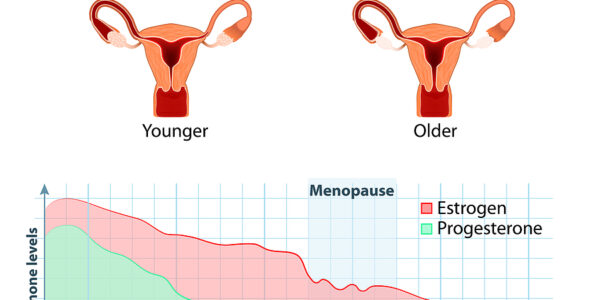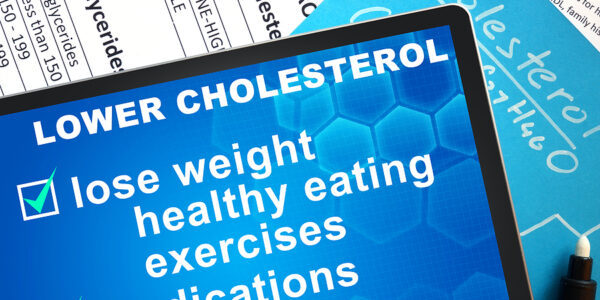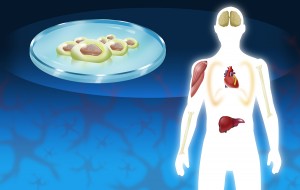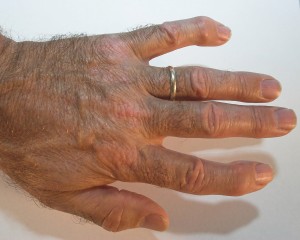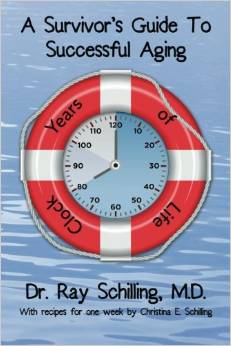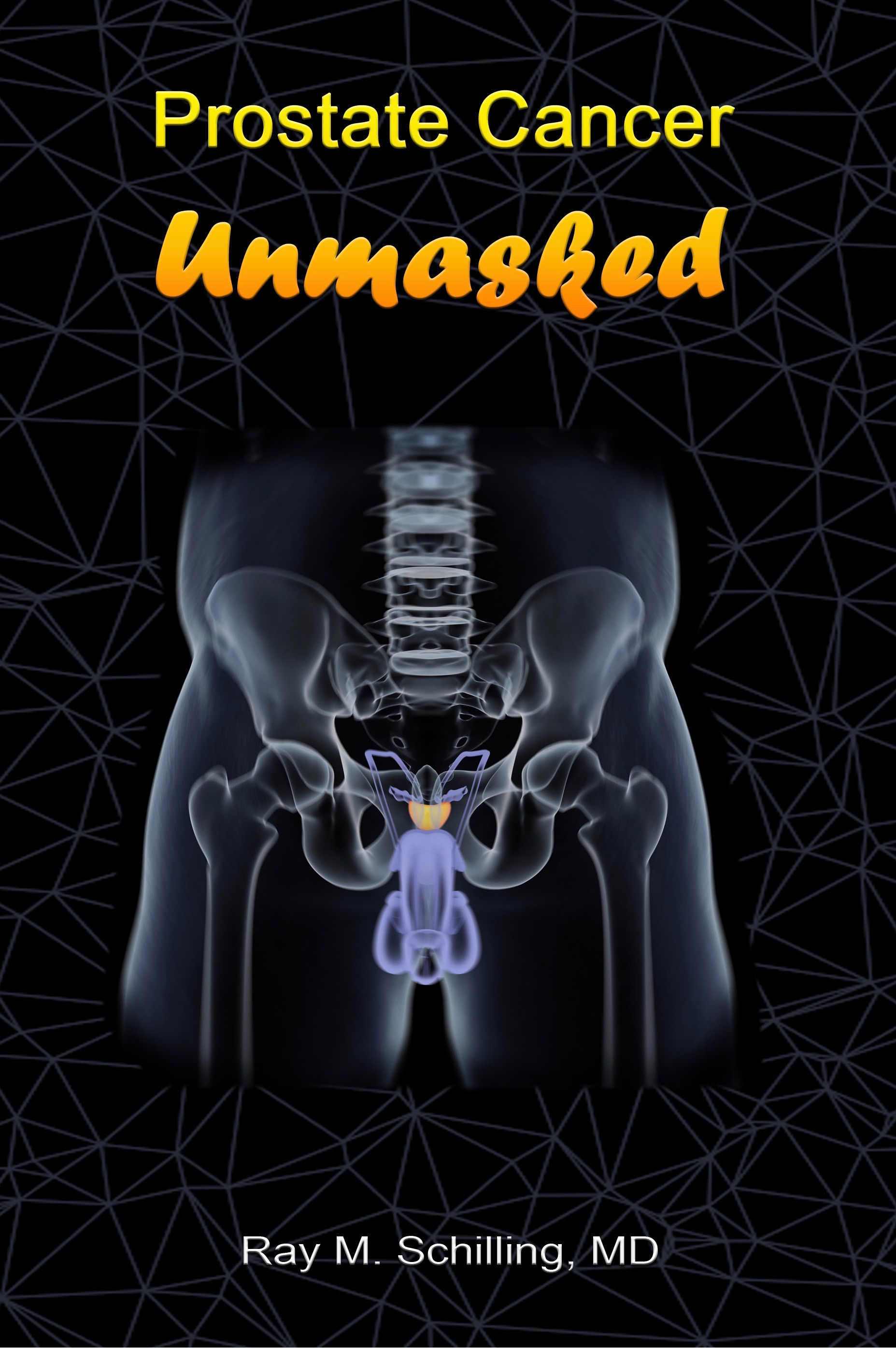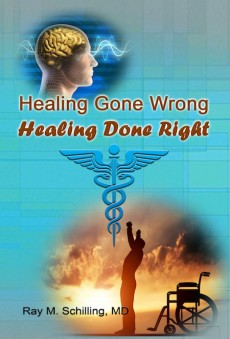Here is a recent research finding from the Mayo Clinic that caught the media’s attention: be creative, prevent dementia. The study found that when people engage in creative things they could delay the onset of Alzheimer’s and dementia. There are a number of various causes of dementia. But the end result is that there is an inflammatory condition within the brain that leads to a loss of nerve cells and nerve cell connections. When brain cells and nerve cell connections are lost, memory fades, particularly in the frontal brain and in the hippocampus area.
The study
In an April 8, 2015 publication from the Mayo Clinic in Rochester, MN and Scottsdale , AZ 256 participants aged 85 years and older (median age 87.3 years, 62% women and 38% men) were followed for 4.1 years. The researchers measured mild cognitive impairment (MCI) with psychological tests. At the time of recruitment into the study all of the tests for MCI were normal. As the study progressed it became apparent that there were various risk factors that caused the onset of MCI, which is the immediate precursor of dementia/Alzheimer’s disease. There was an association with the genetic marker APOE ε4 allele and a risk of 1.89-fold to develop MCI. Subsequently these patients developed Alzheimer’s disease.
Factors that can cause mild cognitive impairment
If there were currently symptoms of depression present at the time of being enrolment into the study, the risk of MCI development was 1.78-fold. Midlife onset of high blood pressure led to a 2.43-fold increase of MCI development. A history of vascular diseases had an association of 1.13-fold higher MCI development. The good news was that four activities had an association of a lower risk to develop MCI with aging. When the person participated in artistic activities in midlife or later in life the risk for MCI development was reduced by 73%. Involvement in crafts reduced the risk for MCI by 45%. Engagement in social activities reduced the risk of for MCI by 55%. In a surprise finding the use of a computer late in life had an association with a 53% reduction in MCI development. These are very significant observations.
What we can learn from the study
When you get older it is important that you prepare yourself for an active retirement. You may want to enrol in dance classes, as this combines physical activity with brain activity. Here you have to remember learnt responses (from old moves you know). You also learn new dance moves (therefore creating new nerve cell connections). You could start a hobby where you create something (arts and crafts, painting etc.). Grandma Moses did this, and she not only became famous with her artwork, but she aged gracefully; she turned 101 years old).
Treat your brain with respect
We have to treat our brain with respect. We need to give it proper nutrition and avoid cardiovascular disease as it is known that whatever is good for the heart is good for the brain.
Eat a Mediterranean diet and avoid junk foods including processed foods. If at all possible eat organic foods. Take your fish oil supplements (omega-3 and DHA), as the DHA will provide the material necessary to build up new brain cells. The omega-3 fatty acids are necessary for a healthy heart and healthy blood vessels.
Exercise regularly, cut out sugar from your diet, seek mental stimulation
Regular exercise will improve your brain circulation. If you take the steps mentioned you will prevent arthritis. And by cutting out sugar and starchy foods your brain will stay sharper for longer. Nurses in care homes for Alzheimer’s patients have known for a long time that Alzheimer’s patients crave sugar and sweets. This leads to hyperinsulinism and Alzheimer’s disease. So, let’s take the consequences and cut out sugar and sweets to prevent Alzheimer’s.
Various publications described the benefit of physical exercise. But now an additional tool is to have the aging persons enrol in crafts courses, journal clubs, discussion groups, walking groups, bridge groups or religious gatherings. That will stimulate the brain to form new circuits and buildup new memories. Artistic activities and learning the use of the computer are additional things that will reduce the risk of developing MCI and later dementia or Alzheimer’s disease.
Conclusion
As the baby boomers age and enter into the old age category these observations are very important. We should think about doing some of these things now, so we do not have to overcome inertness later. The worst you can do is to become a couch potato and watch TV all of the time. Watching other people doing sports activities does nothing for you unless you walk on a treadmill while you watch TV. I do not intend to be hard on you; I am just passing on these new research findings and practicing them myself. The final choice is up to you.
Reference
http://www.cnn.com/2015/04/09/health/creativity-socializing-delay-dementia/index.html
